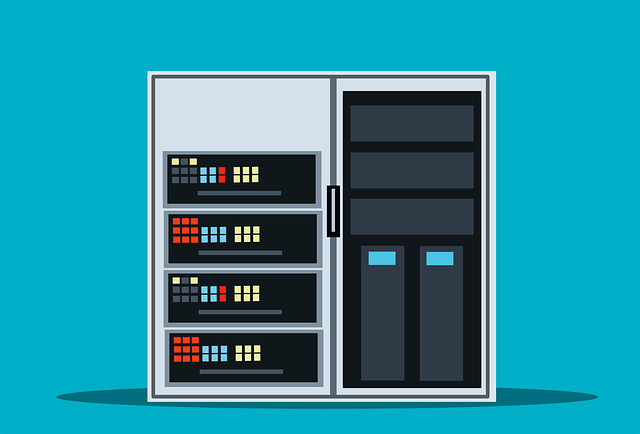The Rising Influence of SEO Tools on Modern Database Engineering Practices

The digital world has evolved in a way that marketers and engineers no longer operate in separate silos. One of the most surprising intersections of both fields is the group plan model for SEO tools, which is grabbing the attention of database specialists.
Through collective pooling of resources, businesses are able to affordably access powerful SEO analytics and, at the same time, are finding novel ways to incorporate this data into their database workflows.
Why database engineers are paying attention
The discipline of database engineering has always emphasized performance, scalability, and reliability. Faced with the inflow of search data, this focus has had to shift to accommodate attaining volumes of keyword reports, backlink analyses, and traffic metrics.
Collaborative plans enable engineering teams to access SEO tools, which generate valuable data streams for legacy systems. This shift is the reason why discussions about SEO tools are no longer the sole purview of marketing teams.
Cost efficiency and data accessibility
From an engineering perspective, the broader cost-sharing approach provides data insights that were previously available at a high premium to research groups and startups.
Such smaller organizations often find the advanced features of SEO software prohibitively expensive. The pooled cost approach makes essential insights and analyses of data features affordable.
Engineers can experiment and innovate with SEO integrated and processed data, as well as business core databases, thanks to this wider access.
Enhancing analytics and reporting systems
Dashboards created to show and visually explain the connections between what customers do, business results, and search visibility are meant to be useful when the SEO data is organized and saved correctly.
Only after the data is properly indexed and stored can it be released to drive predictive analytic models, generating valuable insights for the company.
Analytics and reporting systems are progressively emphasizing the integration of operational and marketing data. The ASC conversation is therefore not only about cost saving but also about analytic value generation.
Cooperation beyond borders
New shared access plans are fostering a new form of collaboration between database teams and the marketing department.
Engineers have the chance to appreciate the usefulness of the keyword performance metrics, while marketers acquire a better understanding of the workings of a data pipeline.
This partnership fosters the development of mechanisms that not only archive SEO data but also utilize it to enhance crucial business strategies. Increasingly, companies view the SEO tools group plan as a collaborative effort.
Constraining the willingness to innovate
Even though it is hardly debatable, the benefits noted are clear to everyone; some engineers point out the possible drawbacks.
Even when shared plans are available, they may impose certain limitations on the number of features, and questions arise about the extensibility of data exports and the reliability over time for any given provider.
Still, the increasing interest from engineering circles indicates that these problems are not sufficiently serious to overshadow the benefits.
Firms are more inclined to engage in exploratory activities when the exploration cost is a fraction of the price of buying an individual subscription.
The constant change in technology is a rapidly emerging movement within technical communities, which was previously regarded as merely a side hobby.
Discussing the use of the database as an SEO tool is common even among database engineers focusing on the server side. This phenomenon is an indicator of a more significant trend: the marketing and engineering disciplines are no longer strictly separate.
The discourse is only going to increase as more companies look for more sophisticated and data-centric strategies.




